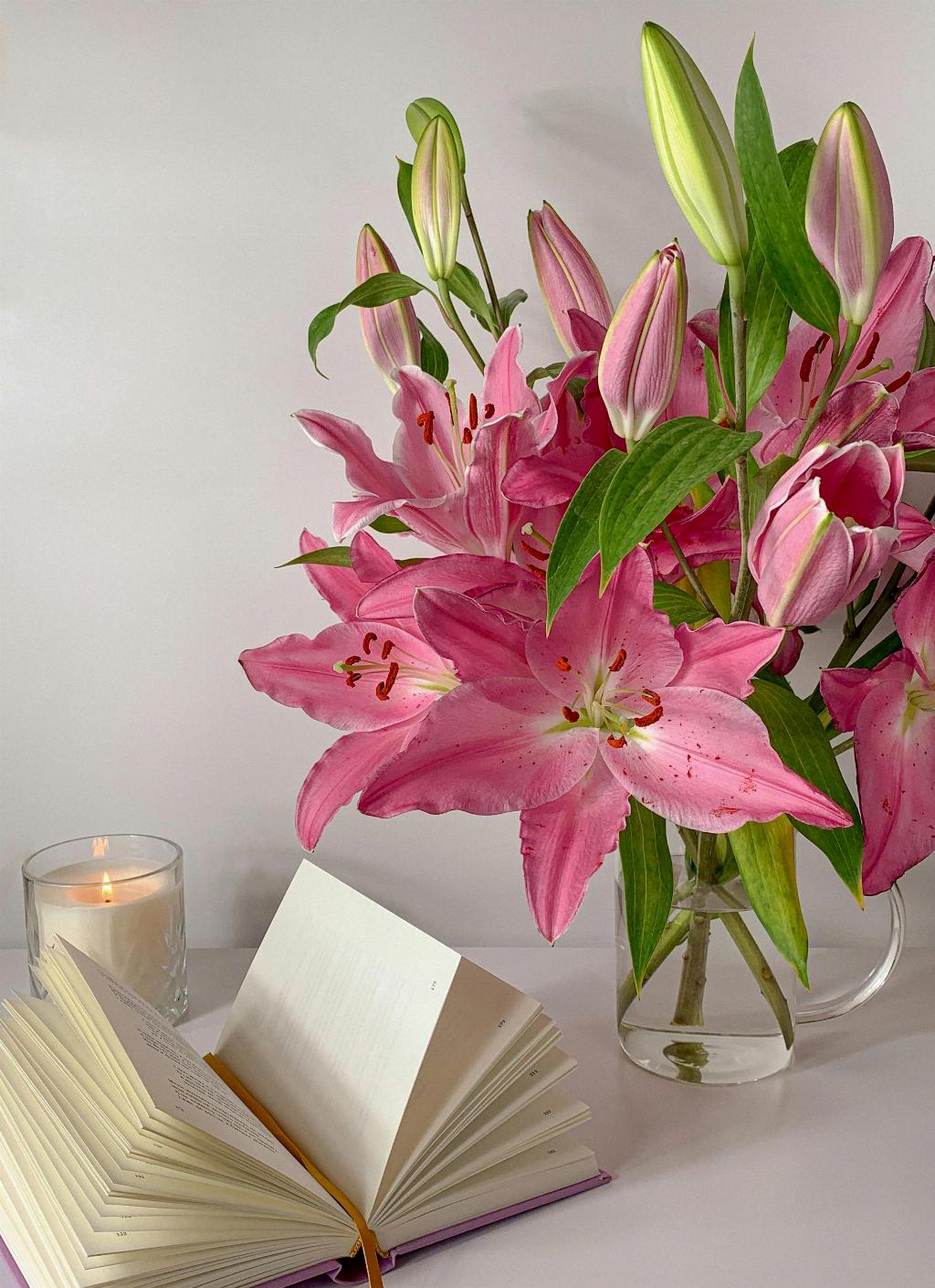When it comes to planting a peace lily, using the right soil is crucial for its growth and overall health. It is recommended to plant your peace lily in Miracle-Gro® Indoor Potting Mix for optimal results. This specially formulated mix provides the right nutrients and moisture retention to support your peace lily’s growth.
Before planting your peace lily, ensure that the soil is consistently moist but not soggy. Peace lilies prefer well-draining soil to prevent waterlogging, which can lead to root rot. Maintaining the right level of moisture is key to keeping your peace lily thriving.
When planting your peace lily, choose a container that has drainage holes to allow excess water to escape. This helps prevent water from accumulating at the bottom of the pot, which can also lead to root rot. A breathable potting mix combined with good drainage will create a healthy environment for your peace lily.
Peace lilies thrive in indirect sunlight, so it is important to place your plant in a location where it can receive filtered light. Avoid placing your peace lily in direct sunlight, as this can scorch its leaves. Finding the right balance of light exposure is essential for the well-being of your peace lily.
After planting your peace lily, it is recommended to feed the plant with Miracle-Gro® Indoor Plant Food about a month later. This specialized plant food provides essential nutrients to support healthy growth and vibrant blooms. Regular feeding will help your peace lily flourish.
As your peace lily continues to grow, monitor its root system to ensure it does not outgrow its container. When the roots have completely filled the pot, it is time to repot your peace lily into a larger container. This will prevent the roots from becoming root-bound and allow the plant to continue to thrive.
When repotting your peace lily, gently loosen the roots from the existing container and place them into the new pot with fresh potting mix. Water the plant thoroughly after repotting to help it adjust to its new environment. Repotting your peace lily as needed will promote healthy growth and prevent overcrowding.
Regularly check the leaves of your peace lily for signs of pests or disease. If you notice any yellowing or browning of the leaves, inspect the plant closely for pests such as spider mites or scale insects. Treating any issues promptly will help maintain the health of your peace lily.
During the growing season, which typically spans spring and summer, your peace lily may produce beautiful white blooms. These blooms are a hallmark of the plant and indicate its health and well-being. Provide proper care and maintenance to encourage blooming in your peace lily.
Water your peace lily consistently, keeping the soil evenly moist but not waterlogged. Overwatering can lead to root rot, while underwatering can cause the plant to wilt. Finding the right balance in watering will help your peace lily thrive and maintain its lush foliage.
In conclusion, planting a peace lily requires attention to detail and care to ensure its success. By using the right soil, providing proper light exposure, feeding with plant food, and repotting when necessary, you can help your peace lily grow into a beautiful and vibrant plant. With the right care, your peace lily will reward you with lush foliage and stunning blooms.

